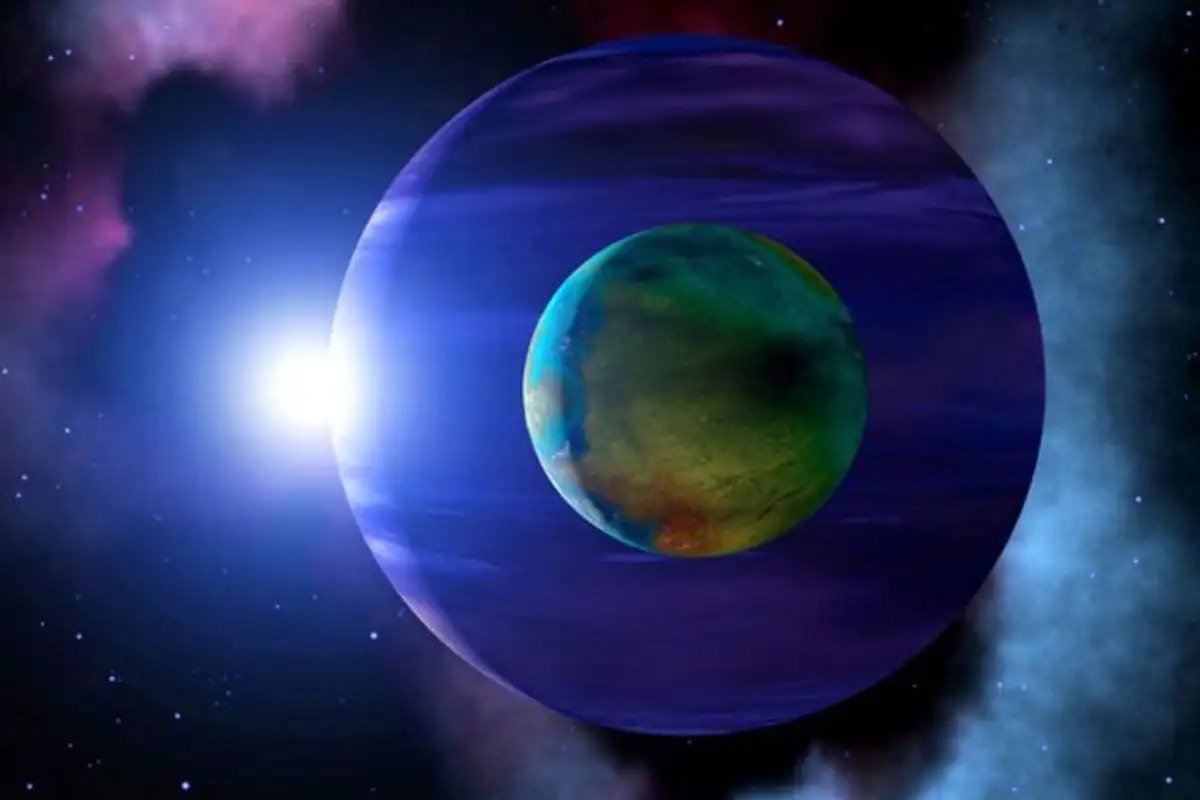Scientists analyzed data that had previously been interpreted as evidence of the existence of moons on the planets Kepler-1625 b and Kepler-1708 b and came to the conclusion that they actually did not exist. In addition, they generally consider the possibility of observing such objects improbable.

Moons of exoplanets
Scientists from the Max Planck Institute for Solar System Research recently questioned the observations of two exomoons found in recent years. This word refers to a variety of small bodies orbiting planets near other stars.
Despite the fact that over the past three decades, scientists have been able to confirm the existence of more than 5.5 thousand exoplanets, and several thousand more are in the status of reliable candidates, the sensitivity of modern instruments is barely enough to accurately determine the presence of even sufficiently large celestial bodies. Identification of the moons was generally considered impossible for a long time.
However, in 2018, a group of scientists published a study of the exoplanet Kepler-1625 b, 8 thousand light-years away from us. An oscillation was observed in the radiation of its star, which was associated with the possible presence of an exomoon.
Then, in 2022, the same thing was done for the exoplanet Kepler-1708 b, which was 5.4 thousand years away from us. Both of these bodies are large gas giants, and scientists were convinced that the moons orbiting them were also sizable. However, a new study shows that none of this really exists.
Not exomoons
Scientists do not refute the very possibility that moons may orbit the exoplanets in the new study. However, they questioned the interpretation of the data on the systems on which they were found. They reached this conclusion after applying a new computer algorithm called Pandora.
Pandora is specially designed to find exomoons by analyzing the possibility of explaining observational data using various theories, and specifically for the planets Kepler-1625 b and Kepler-1708 b, it showed that the explanation of all fluctuations using the presence of a moon was inconclusive.
Everything that happens in these systems generally looks more like the presence of a planet and the variability of a star due to some internal processes, such as the appearance of large groups of spots. And in order for a moon to be detected in this situation, it would need to occupy a certain, very specific position in orbit.
And in general, the use of Pandora to assess the possibility of discovering other exomoons has yielded disappointing results. If we want to notice any of these celestial bodies, they should be huge, larger than a moon that exists in the Solar System.
According to www.space.com
Follow us on Twitter to get the most interesting space news in time
https://twitter.com/ust_magazine


